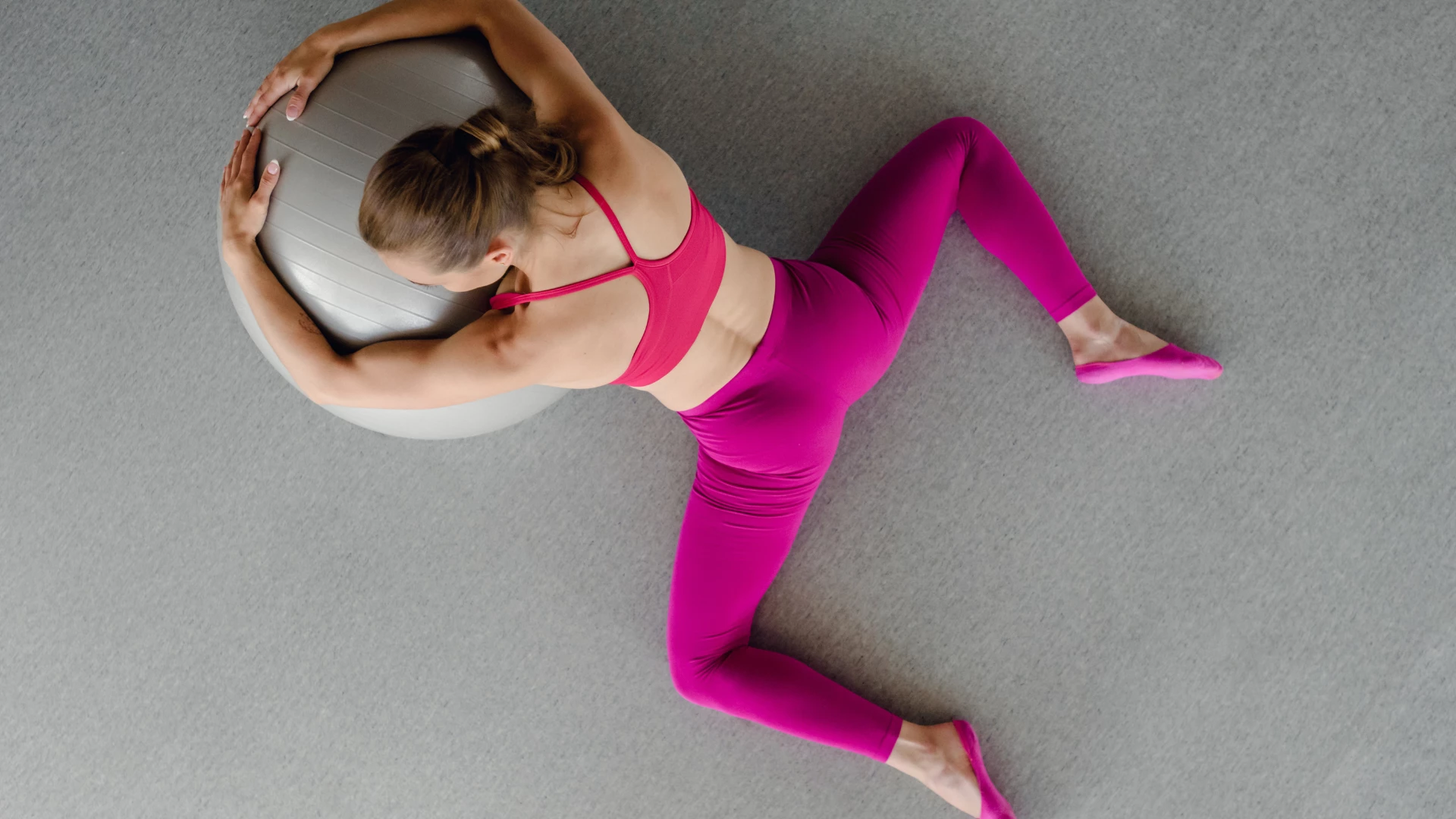
18 Jun Adult Ballet Dancers: Why Strong Hips are Your Secret Weapon
Ballet grace may look effortless, but those stunning extensions and powerful jumps demand a lot from your body, especially your hips. As an adult ballet dancer, prioritizing hip health isn’t just about preventing injuries – it’s about unlocking your full potential and maximizing your time at the barre.
The Hip Joint: A Balancing Act for Ballet
The hip is a complex joint, allowing for incredible mobility while providing stability. In ballet, this translates to the deep plies, impressive turnouts, and fluid extensions that define the art form. However, the constant demand for flexibility can lead to imbalances and injuries if proper care isn’t taken.
Don’t Let Hip Issues Steal Your Spotlight
Neglecting hip health can put a damper on your ballet journey. Here are some potential consequences:
- Impingement: Painful rubbing of the bones in your hip joint due to abnormal movement.
- Labral Tears: Tears in the cartilage cushioning the hip socket, often caused by repetitive stress or extreme movements.
- Hip Bursitis: Inflammation of the fluid-filled sacs around the hip, leading to pain and stiffness.
- Muscle Strains and Imbalances: Weak or imbalanced hip muscles can cause improper alignment and increase your risk of injury.
Building Strong, Resilient Hips for Ballet
The good news: you can develop strong, healthy hips that support your ballet dreams. Here’s a four-step approach:
1. Unlock Mobility:
- Dynamic Stretches: Focus on movements that mimic ballet, like leg swings and gentle circles. Hold each stretch for 15-30 seconds, repeating 2-3 times.
- Foam Rolling: Release tightness around the hips and improve flexibility with this self-myofascial release technique.
- Yoga or Pilates: These practices incorporate postures and exercises that enhance hip mobility and core strength, crucial for proper alignment.
2. Build Strength:
- Glute Bridges: Strengthen your glutes, the powerhouses of movement, by performing bridges with proper form. Start with bodyweight and progress to resistance bands or weights.
- Clamshells: Target your external rotators, essential for turnout and hip stability. Lie on your side with knees bent, lift your top knee while keeping your hips stacked, and lower slowly. Repeat 10-15 times per side.
- Deadlifts: This compound exercise strengthens your core and posterior chain (glutes, hamstrings), improving overall stability and power.
3. Master Alignment:
- Posture Awareness: Be mindful of your alignment throughout the day. Stand tall with shoulders back and down, core engaged, and weight evenly distributed on both feet.
- Turnout Drills: Practice basic turnout exercises, focusing on initiating rotation from your hips, not your knees. Ensure your core is engaged and your hips remain square.
- Work with a Teacher: A qualified ballet instructor can help identify and correct alignment issues in your dance technique.
4. Prioritize Recovery and Rest:
- Listen to Your Body: Don’t push through pain. Take rest days and allow your body to recover from intense workouts.
- Ice and Heat Therapy: Use ice to reduce inflammation after workouts and apply heat before stretches to improve flexibility.
- Cross-Training: Activities like swimming or cycling can maintain fitness while giving your joints a break from the impact of ballet.
Bonus Tip: Partner Up with a PT – A qualified physical therapist specializing in dance can create a personalized program addressing your specific needs and potential imbalances. They can also be invaluable in recovery from injuries and preventing future ones.
Remember: Strong, healthy hips are the foundation for a long and fulfilling ballet journey. By incorporating these strategies into your routine, you can transform your hips from a potential weakness into your secret weapon. Now get out there and conquer that pirouette!
